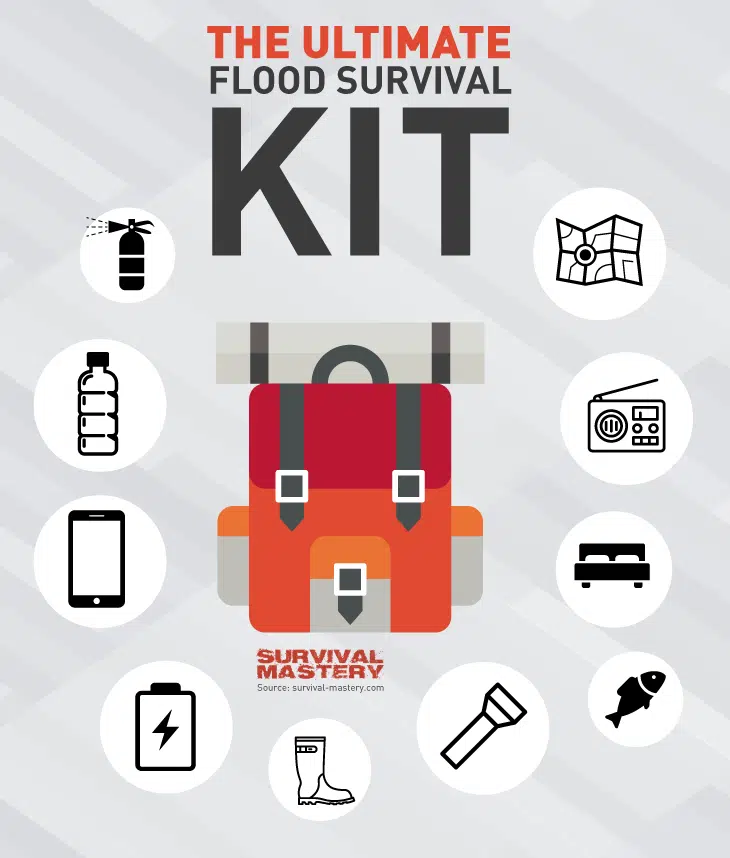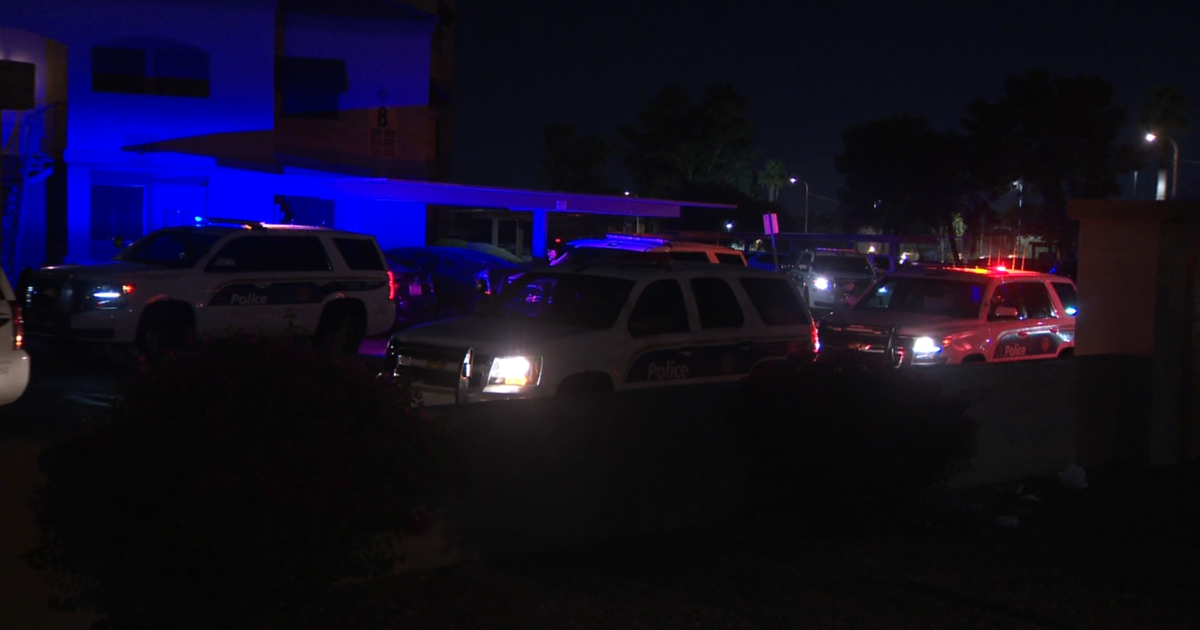Flash Flood Emergency: Survival Tips And Essential Safety Measures

Table of Contents
Understanding Flash Flood Risks and Warning Signs
Identifying High-Risk Areas
Flash flood prone areas are often found in specific geographic locations. Understanding these high-risk zones is the first step in flash flood preparedness. Areas near mountains, canyons, deserts, and dry washes are particularly vulnerable due to their topography. For example, steep mountain slopes can channel rainwater rapidly into low-lying areas, creating flash floods in a matter of minutes. Similarly, desert regions, despite their arid climate, can experience flash floods after intense, short-lived rainstorms. Conducting a flood-risk assessment of your area is highly recommended.
- Factors Increasing Risk:
- Heavy rainfall exceeding the ground's absorption capacity.
- Rapid snowmelt in spring, especially during periods of warm weather.
- Dam or levee failures releasing large volumes of water.
- Construction or deforestation activities altering natural drainage patterns.
Recognizing Warning Signs
Recognizing the warning signs of an impending flash flood is paramount. While official flash flood warnings are crucial, observing natural indicators can also give you precious time to react.
-
Warning Signals:
- Heavy or persistent rainfall, especially in a short period.
- Rapidly rising water levels in streams, rivers, or normally dry areas.
- Unusual water sounds, such as roaring or gushing, coming from normally quiet water sources.
- Official warnings issued by local authorities, weather services (via radio, TV, or mobile alerts), or emergency broadcast systems.
-
Actions to Take:
- If you see any of these signs, immediately seek higher ground.
- Tune into local news or weather radio for updates and official instructions.
- Follow the instructions of emergency personnel.
Essential Safety Measures During a Flash Flood Emergency
Immediate Actions
The most important action during a flash flood emergency is immediate evacuation. Delaying evacuation can be life-threatening.
- Immediate Actions:
- Move to higher ground immediately. Do not wait for instructions if you are in a flood-prone area.
- Avoid low-lying areas, floodplains, and areas near rivers and streams.
- Never attempt to drive through floodwaters. Even a small amount of rushing water can sweep a vehicle away. Turn around, don't drown.
Securing Your Property
While saving lives is the priority, taking steps to protect your property before evacuation can minimize losses.
- Protective Measures:
- Move valuables to higher floors or a safe location.
- Disconnect electrical appliances to prevent electrical hazards.
- Secure outdoor items that could be swept away by floodwaters, such as furniture, trash cans, and propane tanks.
- If time permits, consider sandbagging around your property to help divert water.
Post-Flash Flood Actions and Recovery
Returning Home Safely
Returning to your home after a flash flood requires caution. The aftermath can be hazardous.
- Precautionary Steps:
- Check for structural damage to your home before entering.
- Beware of downed power lines, which pose a significant electrical hazard.
- Avoid contact with floodwater, as it may be contaminated with sewage, chemicals, and debris.
- Report any damage to your property to your insurance company and local authorities.
- Be cautious of debris and unstable ground.
Seeking Help and Assistance
After a flash flood, accessing resources and support is essential for recovery.
- Available Resources:
- Contact emergency services (911 or your local emergency number) to report damage or request assistance.
- The American Red Cross offers temporary housing, food, and other aid to flood victims.
- The Federal Emergency Management Agency (FEMA) provides disaster assistance programs.
- Your local government agencies can offer information on flood recovery and assistance programs.
Conclusion
A flash flood emergency demands swift action and preparedness. Recognizing warning signs, evacuating immediately to higher ground, and seeking help after the event are crucial for survival and minimizing damage. Remember, a flash flood can develop rapidly and unexpectedly. Your flash flood preparedness is your best defense. Creating a family flash flood emergency plan, familiarizing yourselves with local evacuation routes, and understanding your flood risk are vital steps in ensuring your safety. Share this article with your friends and family to spread awareness about flash flood safety and improve community-wide flash flood emergency response. Develop a comprehensive flash flood safety plan today.

Featured Posts
-
 Unwind In Andalusia A Farmstay Haven
May 26, 2025
Unwind In Andalusia A Farmstay Haven
May 26, 2025 -
 Live Streaming Moto Gp Inggris 2025 Trans7 Spotv Jadwal And Hasil Terbaru
May 26, 2025
Live Streaming Moto Gp Inggris 2025 Trans7 Spotv Jadwal And Hasil Terbaru
May 26, 2025 -
 Southern Vacation Area Addresses Safety Concerns Following Recent Shooting
May 26, 2025
Southern Vacation Area Addresses Safety Concerns Following Recent Shooting
May 26, 2025 -
 D C Gears Up For A Major Pride Season
May 26, 2025
D C Gears Up For A Major Pride Season
May 26, 2025 -
 What To Watch Today The Skinny Jab Revolution Black 47 And Roosters
May 26, 2025
What To Watch Today The Skinny Jab Revolution Black 47 And Roosters
May 26, 2025
Latest Posts
-
 Building The World Of The Phoenician Scheme Bts Featurette
May 28, 2025
Building The World Of The Phoenician Scheme Bts Featurette
May 28, 2025 -
 The Phoenician Scheme A Bts Look At World Building
May 28, 2025
The Phoenician Scheme A Bts Look At World Building
May 28, 2025 -
 Behind The Scenes Crafting The World Of The Phoenician Scheme
May 28, 2025
Behind The Scenes Crafting The World Of The Phoenician Scheme
May 28, 2025 -
 Creating The World Of The Phoenician Scheme A Bts Featurette
May 28, 2025
Creating The World Of The Phoenician Scheme A Bts Featurette
May 28, 2025 -
 A Hollow Achievement Analyzing The Latest Film From Wes Anderson
May 28, 2025
A Hollow Achievement Analyzing The Latest Film From Wes Anderson
May 28, 2025
